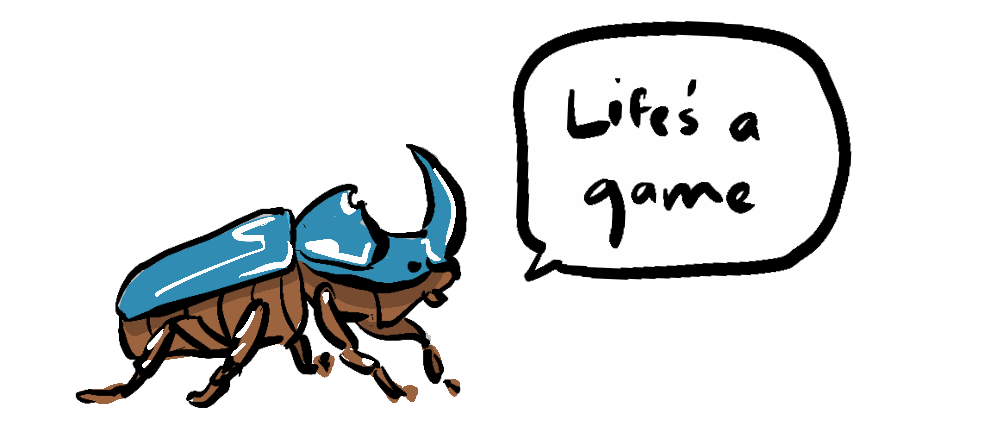
As non-zero-sum games are an element of game theory, we have created some introductory articles about game theory topics. If this is your interest, check out the game theory page which provides a short glossary and links.
One thing you might notice, is that the examples used aren't necessarily your usual examples—this is not a comprehensive game theory guide, but a growing site. When I notice an interesting aspect of the world that reflects a game theory concept, I'll write a post about it, starting with What are Non-Zero-Sum Games?.
The Nash Equilibrium post came to me while sitting in traffic. The examples are generally unique real world situations—providing something different for game theory nerds and something accessible for lay-people.
Here we'll get into a series of traditional game scenarios that help paint a picture of how game theory can be used, beginning with its problematic poster-child.
For those learning or teaching, we have some hands-on resources, beginning with this workshop introducing non-zero thinking to kids. Designed for a large group of 10 year old students at my daughter's school, the page is structured so it can be used by a teacher. There is also the interactive Capitalising on Trust which steps outside static payoff matrices and explores a simulation that shows the long term benefits of cooperation when agents have the ability to avoid defectors.
One of our surprisingly popular pages is the Shapley Value Calculator which steps through and explains how Shapley Value (an important element of game theory and AI) is calculated.
However, I also have criticisms, which I explain in Shapley Value is Ridiculous, as well as introductory posts on combinatorial games and Pareto Efficiency.
If you're looking to get more serious, Jaiveer Singh has created a series for us which goes into more technical areas of Game Theory: